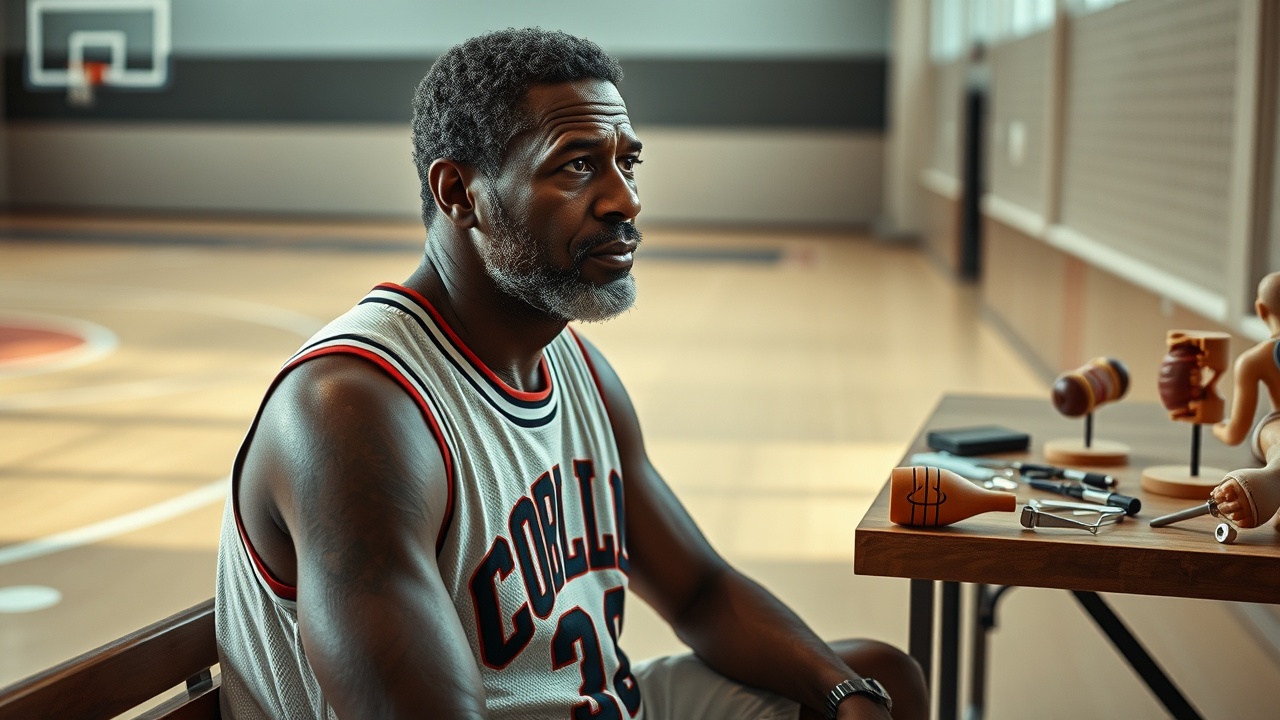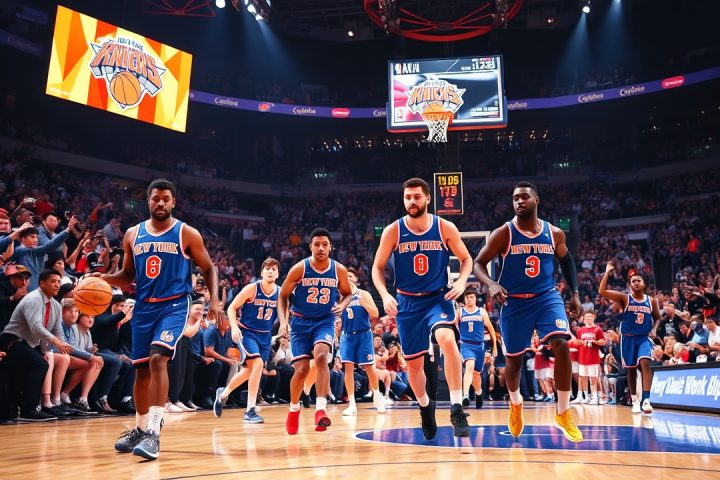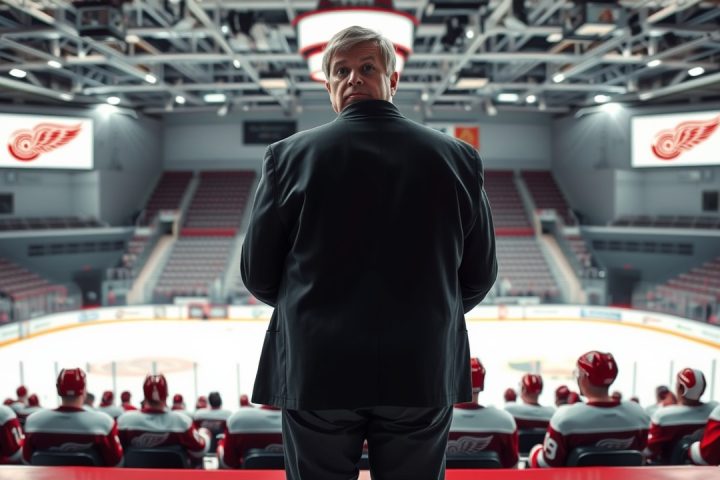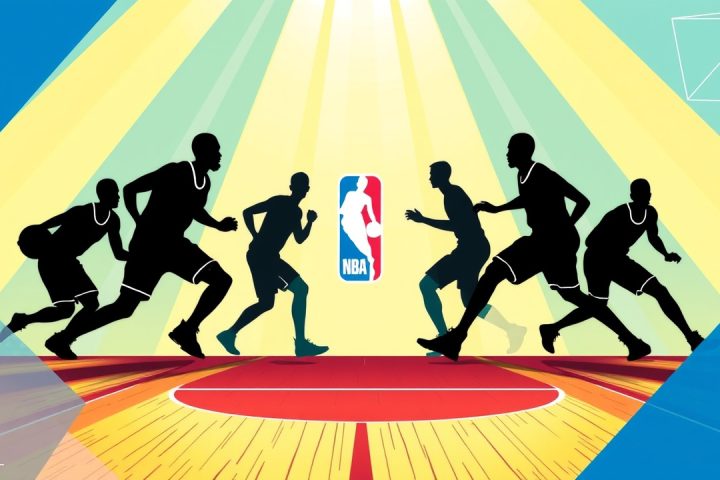Tyrese Haliburton’s Injury and the Rising Trend of Achilles Tears
In a recent Game 7 of the NBA Finals that captivated basketball fans, Tyrese Haliburton suffered a devastating Achilles tendon rupture, raising concerns about the rising trend of such injuries in the league. While observers expressed shock at the injury’s severity, basketball icon Dominique Wilkins, who endured a similar fate over three decades ago, found it somewhat predictable.
Concerns Over Modern Basketball’s Physical Demands
The timing of Haliburton’s injury coincides with a troubling season where NBA All-Stars have repeatedly experienced Achilles tears—his injury marked the third in these playoffs alone and added to a tally of seven for the entire season. Wilkins, a member of the Naismith Basketball Hall of Fame, believes that such incidents are a reflection of modern basketball’s increasing physical demands, especially considering the amount of mileage many young players have before even entering the professional ranks.
“There is no doubt that wear and tear plays a significant role,” Wilkins remarked while reflecting on the current landscape of youth basketball, particularly the prevalence of AAU leagues that often push athletes without adequate time for recovery.
He pointed out that while today’s players have access to advanced training technology, the increase in Achilles injuries raises questions about their long-term implications. “Why are we seeing more Achilles injuries now compared to my playing days?” he asked.
The Rehabilitation Journey
Wilkins was well aware of the challenges posed by such injuries, having endured a lengthy and arduous rehabilitation process after his own torn Achilles at the age of 32. He recalled that during his recovery journey, skepticism surrounded his ability to return to peak performance. Despite the odds, he made a remarkable comeback—averaging nearly 30 points per game in the following season after a grueling nine-month rehabilitation.
Accident-prone situations, like the one Haliburton faced, are often described as “freak incidents,” according to Wilkins. Dr. Nicholas Strasser, a foot and ankle specialist at Vanderbilt University, likened the injury mechanism to that of Kevin Durant’s 2019 Achilles tear—often linked to sudden changes in direction or acceleration that stress the tendon intensely.
Factors Contributing to Achilles Injuries
Strasser detailed how a negative step—when a player shifts their foot backwards during a sudden movement—can place undue stress on the Achilles, making it vulnerable to rupture. He noted that injuries like Haliburton’s usually result from a combination of factors, including fatigue and repetitive strain on the tendon, echoing Wilkins’s sentiment about the impact of youth sports specialization.
The growing trend of youth athletes specializing in basketball at earlier stages, without allowing their bodies adequate time for recovery, poses serious risks—they often ignore the body’s need for rest as they push themselves to excel in a competitive environment. Wilkins emphasized that the great players of the past, including himself, took time to recuperate, which allowed them to perform at their best when they returned.
Footwear and Recovery Considerations
When discussing possible connections between footwear and Achilles injuries, experts are still debating the role of shoe design. While lower-cut sneakers have become increasingly popular, some believe that lacking support could contribute to the increase in injuries. However, Dr. Kenneth Jung pointed out that other factors, including overall body condition and strain, play just as crucial roles.
The journey back from an Achilles injury can vary widely among players, informed by their age, the specifics of their injury, and their commitment to recovery. Wilkins, who has become a symbol of resilience, understands that patience and hard work are vital in navigating the rehabilitation process. As Haliburton and others like Jayson Tatum and Damian Lillard face their own recovery paths, the importance of maintaining a disciplined approach cannot be overstated.
Wilkins advises that returning to the game is as much about physical recovery as it is about adapting one’s playstyle to accommodate changes that may have come with their injuries.
The Modern NBA Landscape
In the modern NBA, as players continue to push their limits, the effects of injuries like Haliburton’s serve as harsh reminders of the physical toll the sport can exact. Now more than ever, the balance between performance and recovery has become critical for athletes trying to reclaim their former glory on the court.




